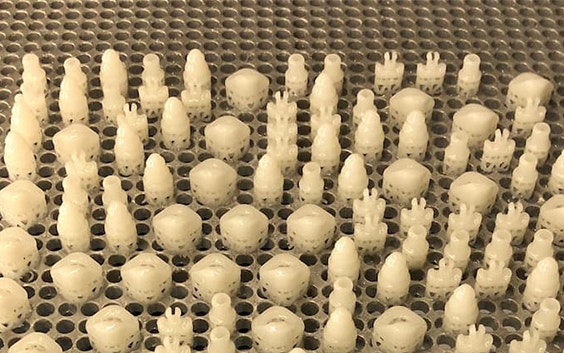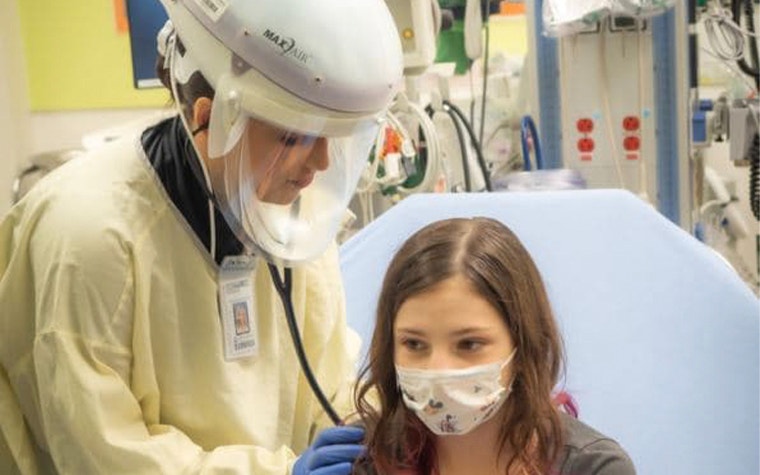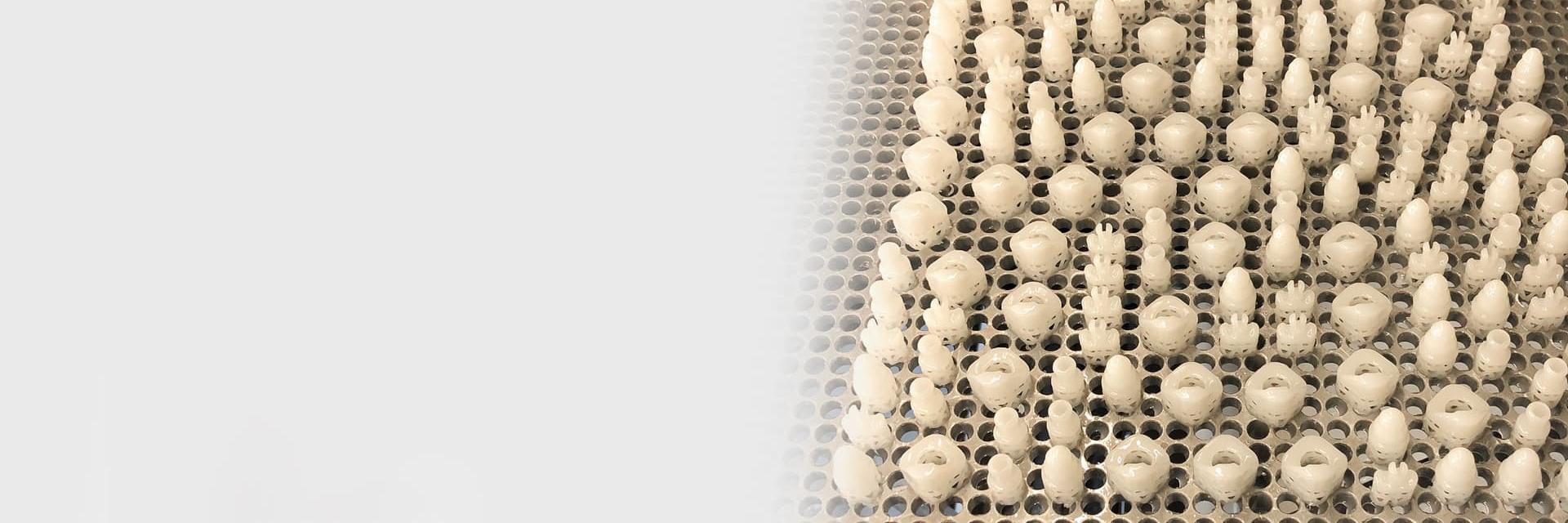CUSTOMER STORY
Seattle Children’s Reverse Engineers COVID-19 Resource Crisis with Stratasys and Materialise Collaboration

At Seattle Children’s, the Improvement and Innovation Department is driven by their commitment to helping faculty and staff find new and better ways to serve their patients, families, and team members. This shared resource spans the organization and includes services such as coaching, consulting, design engineering, education, project management, and simulation. Amidst the COVID-19 pandemic, the team’s work has shifted to help overcome potential equipment shortages in personal protective equipment. A recent example illustrates how the team collaborated to meet the demands of fast-changing clinical workflows that taxed the supply of Controlled Air Purifying Respirator (CAPR) helmets. What could have turned into a serious safety issue, instead became an innovation story with a fairytale ending.
The challenge
During Seattle Children’s COVID-19 response planning, Greg Beach, the Chief Procurement Officer, and their Clinical Engineering team became concerned that a portion their CAPR helmet fleet could become compromised if the team ran out of the tiny clips that secure the face shield onto the helmet. These helmets are a key type of personal protective equipment that are in critically low supply locally and under high demand worldwide. Given the major delays in supplies that all hospitals were facing, an immediate solution was needed.


The process


Manager of Innovation Imaging and Simulation Modeling, Seth Friedman, rapidly put his surgical planning workflow to use. With much of the staff working off-site to help flatten the curve, this had to come together quickly and remotely. Friedman instructed Beach by phone to drop the clips off in Radiology, where the technician and radiologist had set up the Siemens Force CT scanner to best image the tiny parts.
After 30 minutes of working with the images in Materialise’s Mimics Medical & 3-matic Medical software, Friedman exported the four files needed for printing into the group’s shared Smartsheet database. The next step was to identify which printer would be best able to reproduce the parts at Seattle Children’s Research Institute, assign a Product Design Engineer to grab the files, and 3D print the resin prototypes.
The solution
The next morning, Friedman collected the small handful of printed parts and passed them off to Clinical Operations Manager, David Anderson. The pieces fit! A tiny, innovative Cinderella story.
The next step was to determine how to scale production, as the team didn’t have appropriate resources to make continual resin prints. As luck would have it, Stratasys had heard about the project and reached out to Friedman. They offered to print batches in a high-detail rigid resin (Somos Next) on their new stereolithography platform, the V650 Flex. Stratasys’ JP Velasco, based in California, printed and cleaned two large batches of the parts and then shipped them overnight to Seattle Children’s.
With willing partners ready to optimize modeling parameters, facilitate production, and guide material selection, the process brought great relief to the dedicated providers at Seattle Children's, assuring that they could continue to provide safe care for their patients. This shared effort is making a tangible difference, one tiny part at a time.


L-101171-01
Share on:
You might also like
Never miss a story like this. Get curated content delivered straight to your inbox.
